Meet the other man behind Studio Ghibli’s four decades of Totoro and anime magic
Advertisement
CNA Lifestyle
Meet the other human backside Studio Ghibli's iv decades of Totoro and anime magic
Co-founder and blitheness producer Toshio Suzuki talks about his close human relationship with manager Hayao Miyazaki – and why children shouldn't sentinel likewise much Totoro.
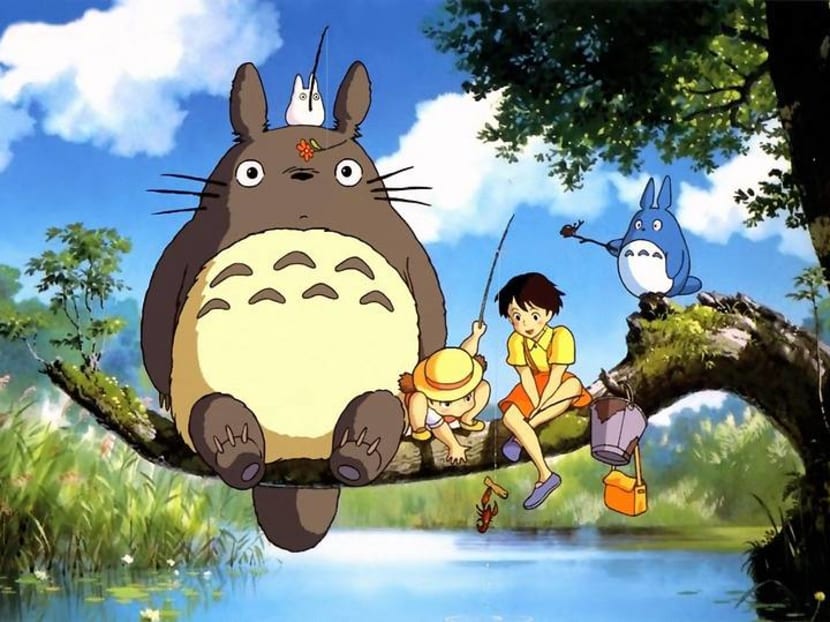
Studio Ghibli'due south My Neighbor Totoro. (Photograph: Studio Ghibli)
Some weeks into its state of COVID-19 national emergency, Japan, along with the rest of the world, was suffering from cabin fever. Children in detail were scared and bored.
It was at this point, said Toshio Suzuki, telling the story from the welled kotatsu demote of a sushi eating house nearly his office, that the education lath of his native Nagoya called Nippon'due south most famous animation producer and co-founder of Studio Ghibli and asked him to come up upwardly with an encouraging message. The request resonated.
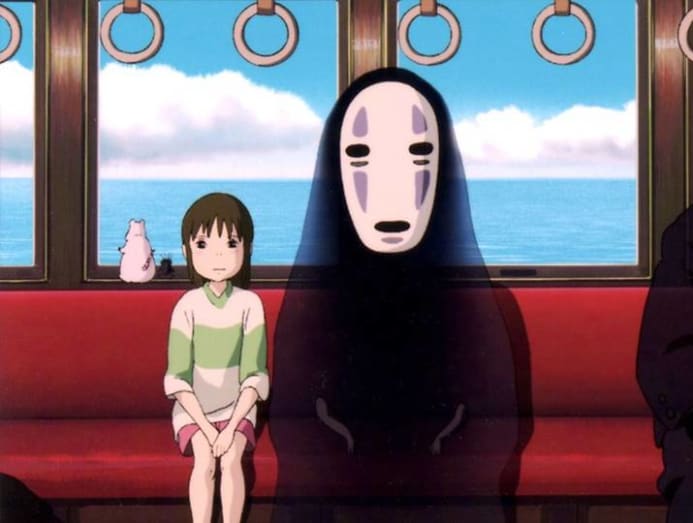
As an eleven-twelvemonth-onetime, Suzuki had lived through 1959's devastating Isewan Typhoon and he recalled entertainers who were drafted in to divert children like him from the fearsome death price.
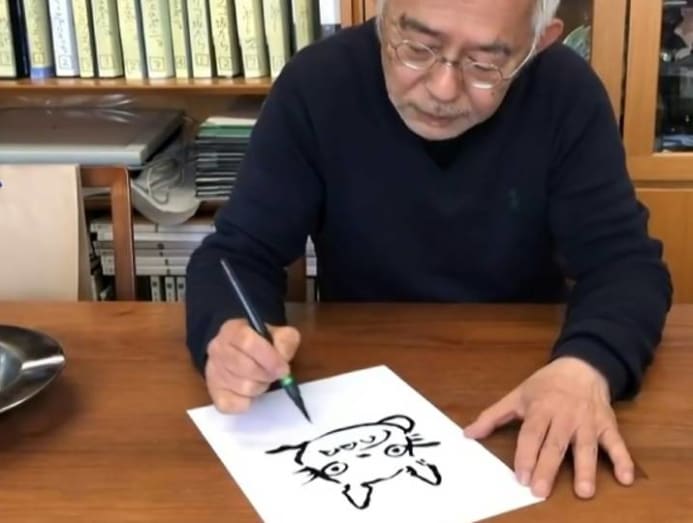
"The normal thing would be to send a message saying something like 'don't let corona win', simply I didn't desire to exercise that," he said.
His alternative offer to Nagoya was a short, grandfatherly video (now well and truly viral), in which he showed children with just a few simple pen strokes the hugger-mugger of how to depict Totoro – a rotund woodland spirit, a symbol of supernatural comfort and the most globally recognisable of Studio Ghibli's pantheon of characters.
Suzuki, 72, told the story in part to underline the importance of meeting arduousness past creating, rather than consuming.
Merely he likewise used information technology to illustrate the way that he and Ghibli'southward two other co-founders – the legendary animator Hayao Miyazaki, 79, and the late Isao Takahata, a pioneer of serious storytelling through a medium one time considered for children – have run one of the world'southward most love artistic powerhouses for the past 35 years.
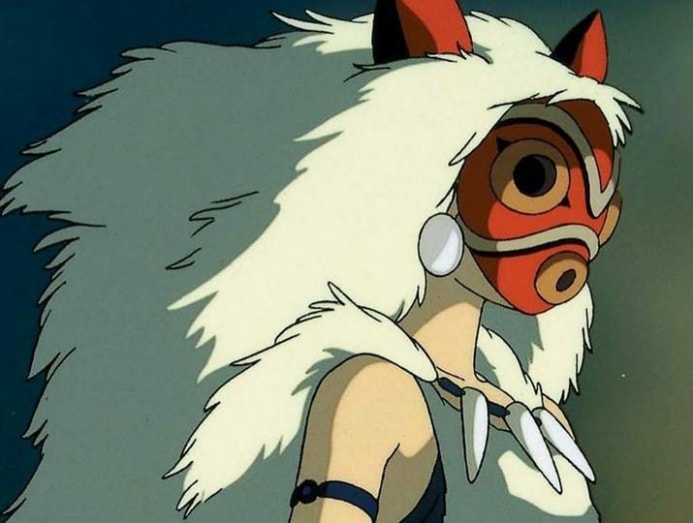
Everything, he said of the distinctively Japanese studio, has always been on their terms.
HAYAO MIYAZAKI IS MY Best FRIEND
And a lot of the confidence backside that, he said, has hinged on the friendship between himself and Miyazaki: A human relationship that makes the entire process of running the concern experience like a single, ongoing conversation between companions "who have been dating for 42 years since 1978".
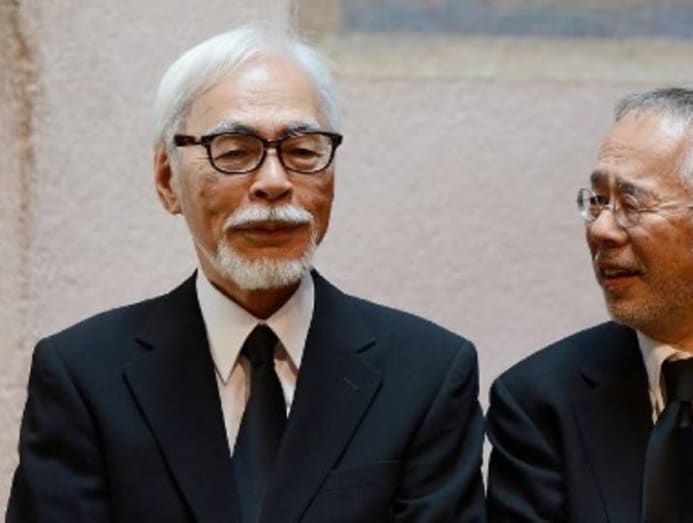
"He's my best friend. You lot can't but be kind to your friends, and you tin't only be strict with them. You have to exist both... I have met and talked with him every single mean solar day," said Suzuki.
And in that location is, he added sadly, a ghost in all those conversations. The loss of Takahata, who died in 2022 at the age of 82, reduced a trio of inseparable friends to a duo. Suzuki said the keen storyteller nonetheless features in all his conversations with Miyazaki every bit a question: What would Takahata think about this?
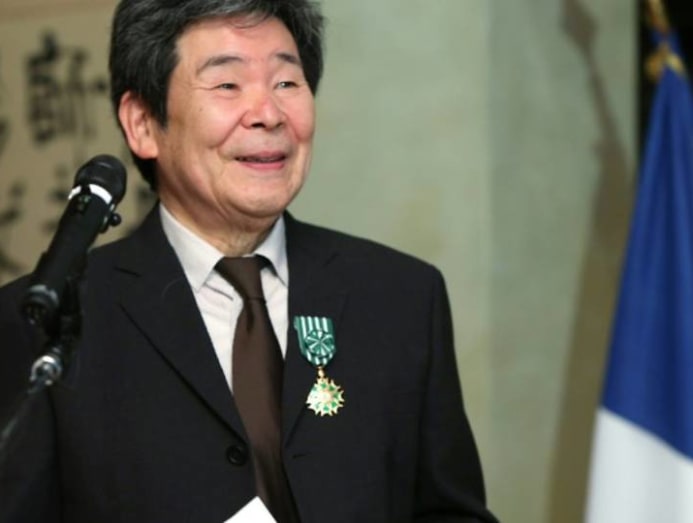
The outcome of those conversations has repeatedly defined the company, starting in the mid-1980s with the pivotal decision to produce Miyazaki'southward My Neighbour Totoro and Takahata'southward wrenching state of war ballsy Grave Of The Fireflies in spite of pleading from financial backers and others to look for something more action-packed and bankable.
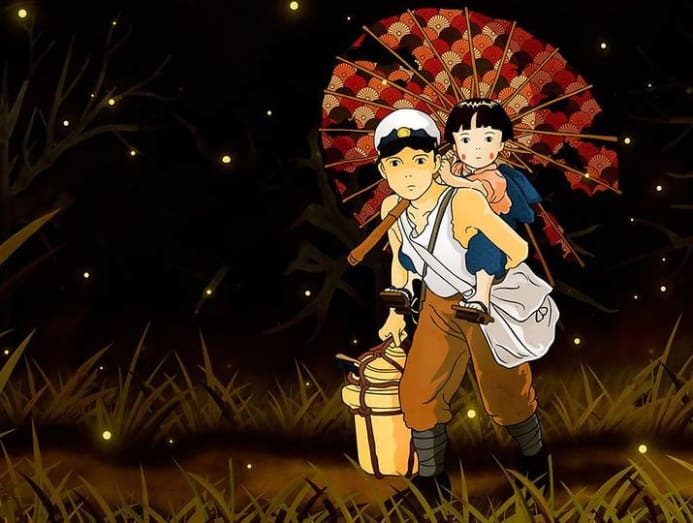
"Miyazaki and I were brought up comfortably and I think it shows in Ghibli films because they are not driven past the need for commercial success. The most of import thing is to be free," he said, adding later in our conversation that at that place was a moment when the visitor received an offer that would have made him and the other founders billionaires but was ultimately rejected as posing too groovy a threat to their independence.
"I am still actually angry when we accept really huge sales," said Suzuki, who has a grandson he prefers doesn't sentry besides many Ghibli films. "Information technology is more than of import to brand a work than to sell information technology. I absolutely hate it when our work is called 'content'. Hayao Miyazaki and I are both very opposed to children watching Totoro over and over. You just have to see information technology once."
To a considerable extent, he added, his role as producer and head of the studio has been to protect Miyazaki from the necessary run of business decisions. Suzuki knows what it costs to make the films as the maestro wants them, he says, and considers the venture a success if it breaks even.
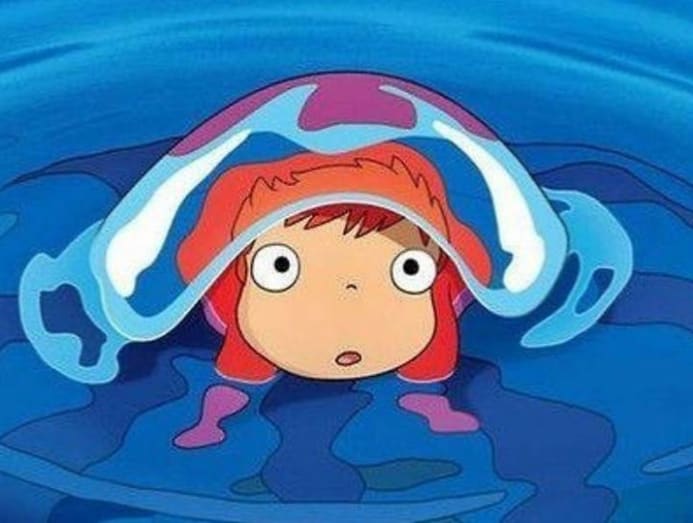
And through that approach, said Suzuki, he has been complimentary to consider the studio's work but in the context of how it will play to Japanese audiences, all the same ravenous the global appetite for Ghibli's output.
The fact that Suzuki'southward Totoro-drawing video was downloaded effectually the world by countless fans, that Spirited Abroad won an Oscar in 2003, that Netflix secured the rights to show most of the Ghibli dorsum catalogue on its platform or that the Ghibli Museum was (pre-COVID) a must-see for foreign tourists, is, to Suzuki, a distraction.
"When we make a film, we only recall about the Japanese audience. We never recollect that what we are making hither will expand around the earth and be supported by people worldwide. I never used to think about that, and I however don't," he said.
STUDIO GHIBLI'Due south FUTURE DURING A PANDEMIC
The question Suzuki at present faces is whether the pandemic and its restrictions are going to take some measure of Ghibli's freedom away, either by making it more than hard to create the films themselves or by forcing more than nakedly commercial pressures on the studio.
Nihon'due south voluntary – but widely observed – lockdown weather condition affected all companies to varying degrees, and Japan'southward animators accept not escaped disruption. The Japanese economic system has been hitting grievously hard.
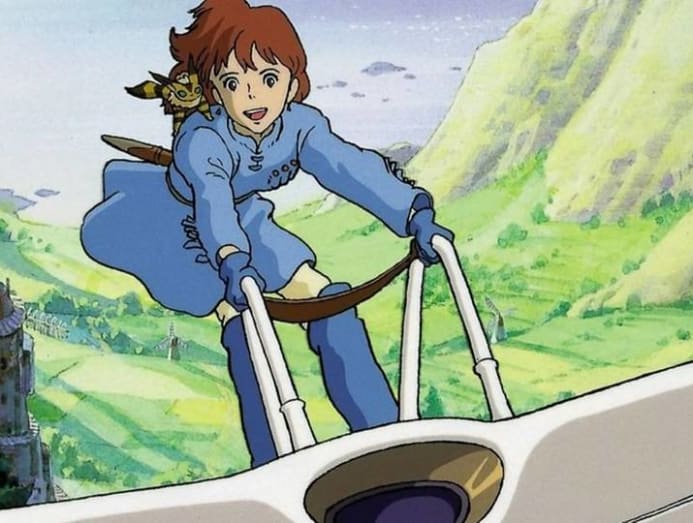
And it all came at a critical time for Ghibli. Two weeks before our meeting in June, the studio had announced that Miyazaki's son Goro was working on a computer-animated adaptation of Diana Wynne Jones's novel Earwig And The Witch, which is scheduled for circulate in Japan next calendar month.
Simply even more than fascinating for Ghibli's global fan base of operations is the progress of the elder Miyazaki on How Practise You Live? – his first film back in the director's chair since The Wind Rises in 2022 and the reason he decided to come up out of retirement.
It was a decision, said Suzuki, that did not ascend from any formal meeting within the visitor ("we never have those!") but from another of the daily chinwags between the two old friends.
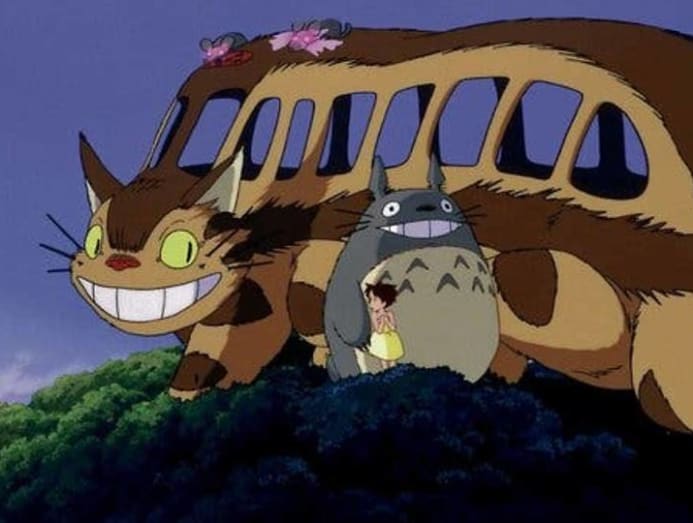
Miyazaki, says Suzuki, has come into the office every day of the COVID crisis, even equally the residual of the performance has had to be pared back and dependent on teleworking. The adept news is that product has therefore continued to some extent; the bad news is that because the maestro works at his own perfectionist pace, the actual film is at to the lowest degree iii years away.
But beyond the practical, twenty-four hour period-to-twenty-four hour period concerns of running a studio in unprecedentedly tough times, and of coping with the long-term demographic challenges to the Japanese animation industry that Suzuki sees as inevitable, he has a greater fear effectually COVID-19.
"My biggest worry is that corona volition cause a alter in everyone's mood. And when that happens, will anyone be interested in the things you are making now?"
By Leo Lewis © 2022 The Financial Times
Source: https://cnalifestyle.channelnewsasia.com/entertainment/studio-ghibli-toshio-suzuki-hayao-miyazaki-258781
0 Response to "Meet the other man behind Studio Ghibli’s four decades of Totoro and anime magic"
Post a Comment